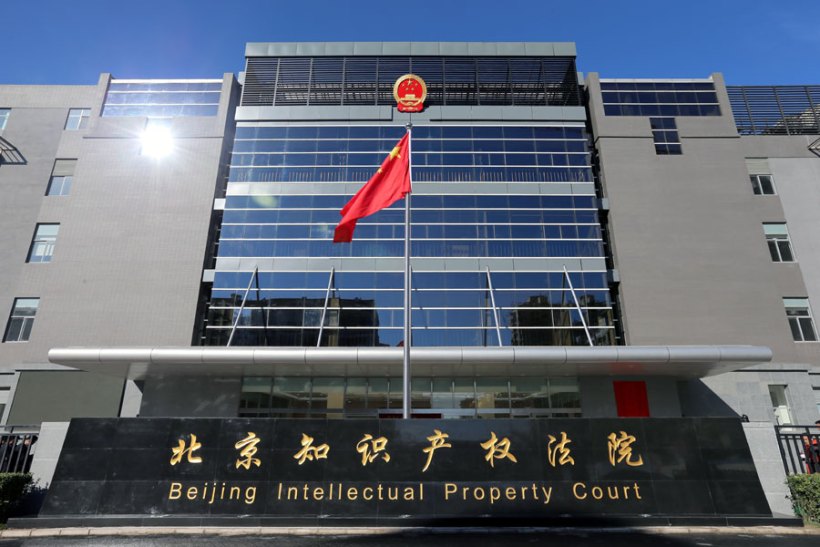
Kuldeep Saini, Research Intern, Institute of Chinese Studies, Delhi
One of the major catalyst for the ongoing trade war between China and the United States is the question of Intellectual Property rights (IPR) protection to foreign firms in China. Even after months of discussions and negotiations, an agreement seems elusive. China recently imposed tariffs worth US$60 billion in retaliation to the tariff hike that had been imposed on Chinese goods by the US. The investigation report submitted by United States Trade Representative (USTR) Robert Lighthizer on 22nd March 2018 cited Section 301 of the US Trade Act of 1974[1] to discuss China’s engagement in policy of transfer and theft of Intellectual Property (IP) technology from foreign firms. Ever since, China has committed to enhance its IP protocols by 2020 through the attainment of high levels of IP regulations on utilisation, administration, protection and creation.
The latest step in this regard are the amendments made to the Trademark Law of the People’s Republic of China (PRC) on 23 April 2019 at the 10th session of the Standing Committee of the 13th National People’s Congress (NPC). Though reforms in IP remain a strong demand of the Trump administration, there exists a significant gap in the Chinese understanding of US requirements and the actual reforms being undertaken by the Chinese government towards that end.
This article discusses the constraints faced by the Chinese Government in deescalating the ongoing trade war with the US despite the it having undertaken three major intellectual property reforms. A discussion of the three reforms undertaken by the Chinese government follows.
First, the measures governing the transfer of intellectual property rights overseas were issued on 18 March 2018 by the State Council’s General Office. These reforms state the complete opposite of what the world understood by Trump’s claim of IP theft by China. The changes mandate the reduction in IP related theft by putting the onus on US firms that are in a merger with domestic Chinese companies. They fulfil the purpose of implementing the regulations and setting forth the procedures for overseas transfer of intellectual property for the foreign companies having mergers with the domestic companies. However, while China’s State Intellectual Property Office (SIPO) claims transfer of more than USD 4 billion intellectual properties from China, the numbers fail to reflect the home conditions for foreign companies. These structural changes fail to focus on the internal regulations of IP in China while considering the export of technology as a priority concern for the Chinese government.
The significant change is the involvement of relevant governmental departments like Forestry and Ministry of Commerce (MOFCOM) and departments looking at technology and agriculture in a more orderly and legal manner. This increases the processing time in receiving the patent rights. As of 2017, the total numbers of patent applications received in China were 1.2 million out of which only 3,26,000 were approved. These reforms further discourage the trade incentives of foreign companies to establish themselves in the Chinese market.
Second, the establishment of the appellate-level intellectual property tribunal on 1 January 2019 by the Supreme People’s Court of China (SPC) reflects the concrete structural steps undertaken to strengthen the IP protection laws. According to Zhou Qiang (Chief Justice of SPC) there has been an increase of 41.8 per cent in the IP cases resolved in 2018 and the new IP court will add to these numbers. The major point of contention in the first quarter of the year highlights the lack of resources, enlisting of powers, persistence and professionalism in handling the IP cases of foreign companies. Another concern with the new IP court as stated is the unknown statistics about the IP cases of foreign firms that are currently under review. This creates an asymmetry of information for scholars and other countries attempting to analyse the efficiency of China’s IP Court.
The verdict of the first case in IP Court came out in just two trials embodying the idea of “protecting innovation innovatively”. However, the speed at which the decision was made led the foreign companies to fear that the verdict was pre-decided. This also raises the question of which court’s verdict has the final say in the IP matters as these cases are still being directed to the earlier SPC and not to the new IP Court. The development of a national level appeals court might prove to be insufficient to tackle the current situation for international businesses fear that their proprietary technology could be stolen at a regional level.
Third, the reforms in the Trademark Law and Anti-Unfair Competition Law issued on 23 April 2019 did not follow the usual process for public comments. The primary concern regarding these positive changes is whether they will be followed by the necessary laws on transparency of the enforcing and implementing agencies like National Intellectual Property Administration (CNIPA) that still awaits additional clarifications related to administrative procedure regulations. This concern arises due to the inability of IP related cases that involve technical, confidential or business information that are not reported on public databases. It is hard for foreign companies to comply with the requirements raised by the new NPC reforms resulting in the current slowdown of foreign related cases. The reforms further fail to restrict the fraudulent activities such as claims of trademarks (TM) with bad faith and no commercial usage. The use of language in the recent reform of Article 4 highlights the need for commercial use of the trademark while applying. Thus, the US government and firms see these reforms as a state encouragement for violating international intellectual property rights.
Overall, it can be accepted that China is firmly aiming to be the hub of technological innovation. But with the escalation of trade war with US (increasing tariffs to 25 per cent) has added heavy pressure on the Chinese government to negotiate the opening of the Chinese economy with effective protection to foreign technology. However, one has to agree that the current reforms fail to address the major US concern with respect to forceful technology transfers. The Chinese government needs to accommodate the international guidelines of relaxing contractual norms with respect to foreign companies in order to prevent the slowdown of its economy due to trade war.
[1] Section 301 authorizes the US President to take all appropriate action, including retaliation, to obtain the removal of any act, policy, or practice of a foreign government that violates an international trade agreement. Section 301 cases can be self-initiated by the (USTR). Thus, Trump initiated the tariff imposition on China.
